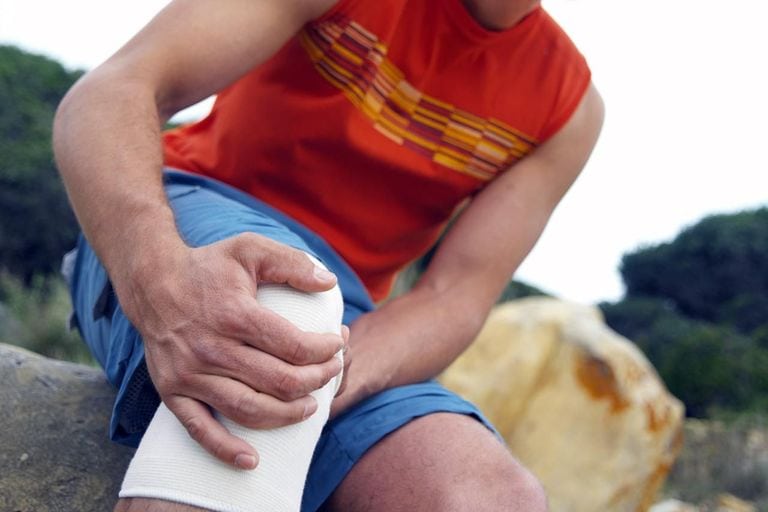Physical Therapist, Dr. Sarah Whiteside, DPT reviews the 5 common signs people can experience when suffering from chronic knee pain. Whether it be an acute or severe injury or a repetitive stress injury that developed overtime, the Physical Therapy team at Physio Logic in Downtown Brooklyn have successfully treated and helped prevent future knee injuries for their patients.
Many people experience chronic knee pain after a serious injury, but people also develop knee pain gradually and seemingly out of nowhere.
There may be nothing wrong with your knee structurally (like a torn meniscus, or ligament) but if you suffer from pain with any of the following movements it is likely that forces acting on your knee are out of balance from overuse.
The top 5 signs of Chronic Knee Pain are:
- Trouble going up or down stairs.
- Pain squatting down or getting up from a chair.
- Straightening your knee fully.
- Feeling unstable walking, on stairs or turning.
- Difficulty balancing on one leg.
Whether you have reoccurring pain from a severe ligament injury such as a tear in your Anterior Cruciate Ligament (ACL), Posterior Cruciate Ligament (PCL), Medial Collateral Ligament (MCL), or Lateral Collateral Ligament (LCL), or if you are a runner with knee pain at mile 3, or have knee discomfort on the subway stairs, any of these functional difficulties will have a combination of mechanical, neuromuscular, and motor control deficits that all need to be addressed.
How Muscular Imbalances Affect Your Knee
The knee is a fairly simple hinge joint, but the forces that act on the knee and your kneecap (patella) are very complex. Any imbalances in muscular forces for example can strain the mechanical capacity of the structures of the knee.
For example weak hip muscles may contribute to poor patella tracking, pulling the patella to one side. The soft tissue (muscle, ligament, fascia) on the other side may develop tightness causing friction and pain from impaired range of motion.
In an efficient state of the neuromuscular system, which determines strength and endurance, there is a feed forward mechanism, which is a pre-contraction.
This prepares the system for action (static or dynamic). For example, going down stairs, the quadriceps muscles positions your patella throughout a range of motion to balance the load on the knee and allow for optimal strength and controlled movement lowering you down.
If there is pain, that pre-contraction can be inhibited and doesn’t kick in on time, contributing to faulty mechanics, increasing pain or feeling of instability.
Efficient timing of muscle activation and core stabilizers is needed for effective motor control.
Pain may come on gradually with contribution from weak hips or abdominals, poor foot or knee alignment. Even sitting at work all day can contribute to hip and gluteal muscles becoming inhibited and weak.
In Physio Logic’s Downtown Brooklyn office our physical therapy team work on soft tissue normalization, strengthen and re-train motor control and help you return to safe, pain-free function, walking, stairs, running, jumping, and sport-specific training.
New York State offers “Direct Access” to Physical Therapy, which means you can come to physical therapy first for an evaluation and diagnosis of your knee without a prescription from your doctor. You can get started on rehabilitating your knee right away, and your physical therapist will refer you to your primary care physician or other medical doctor as needed.
